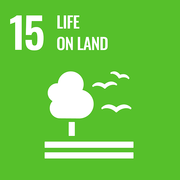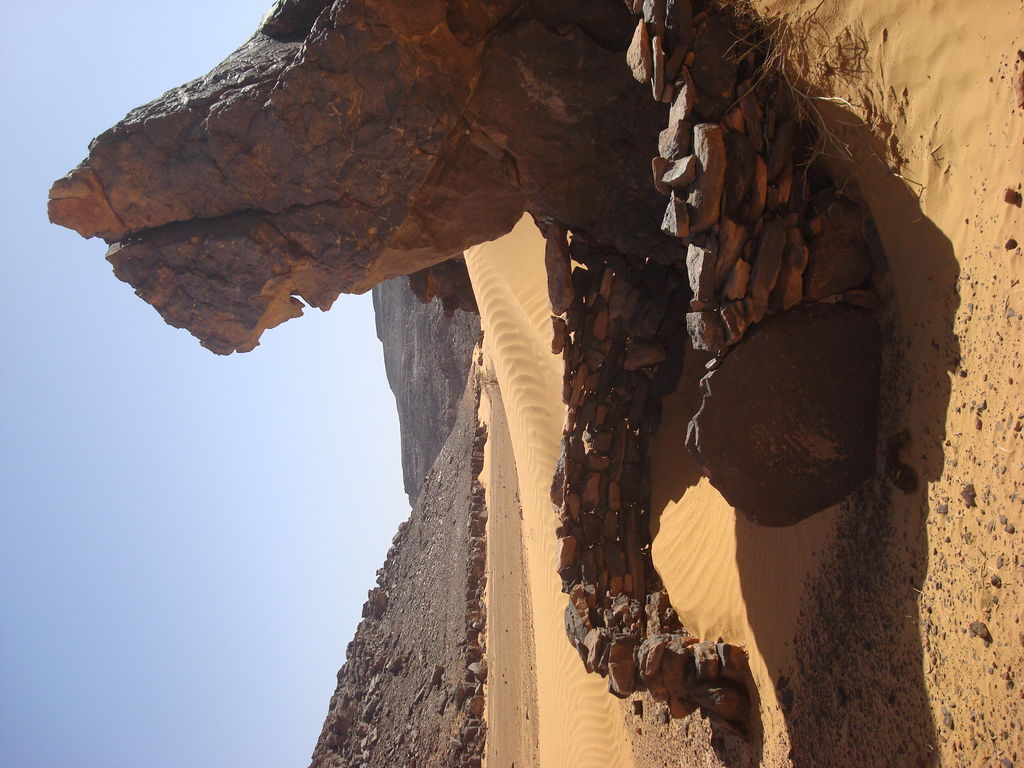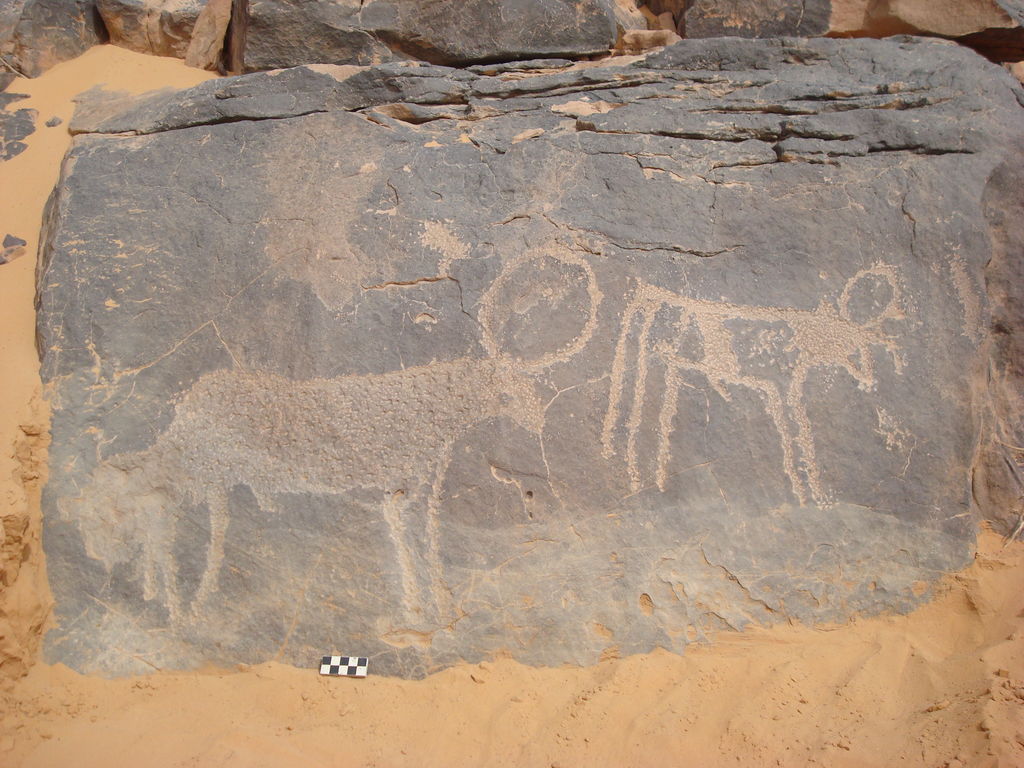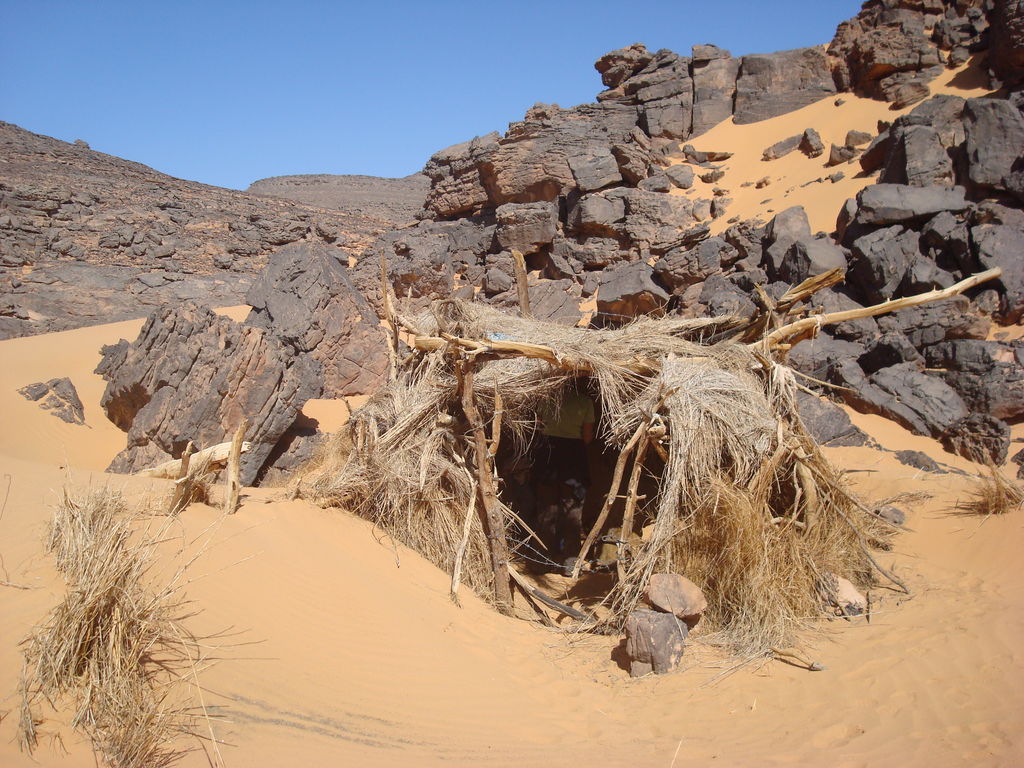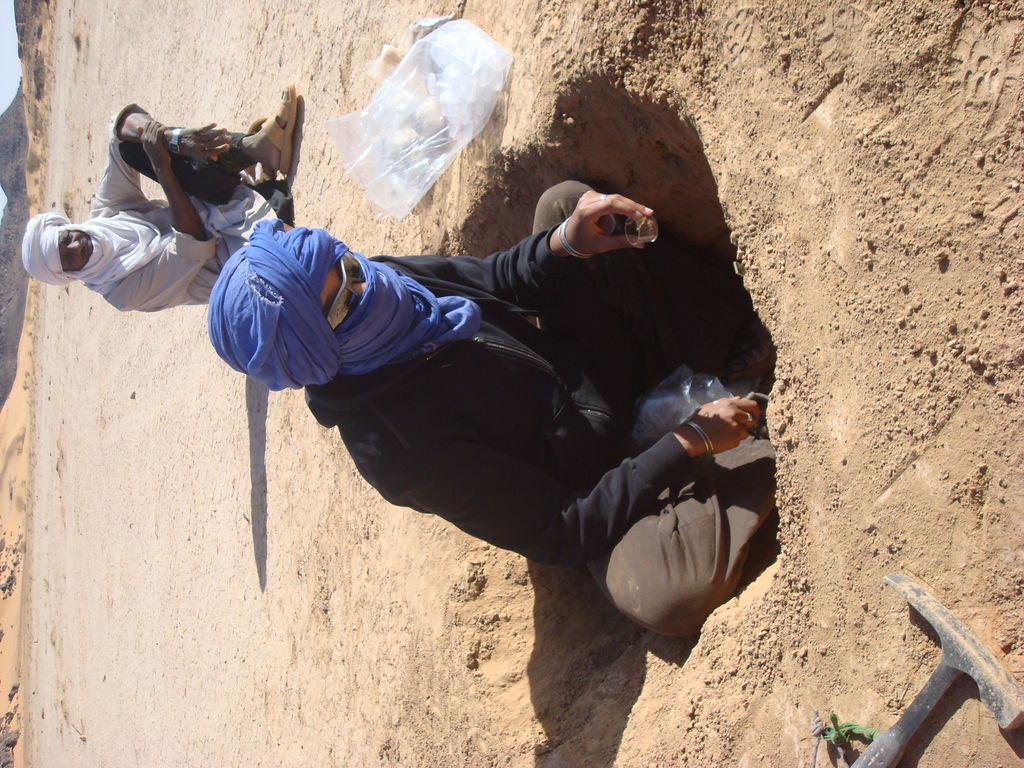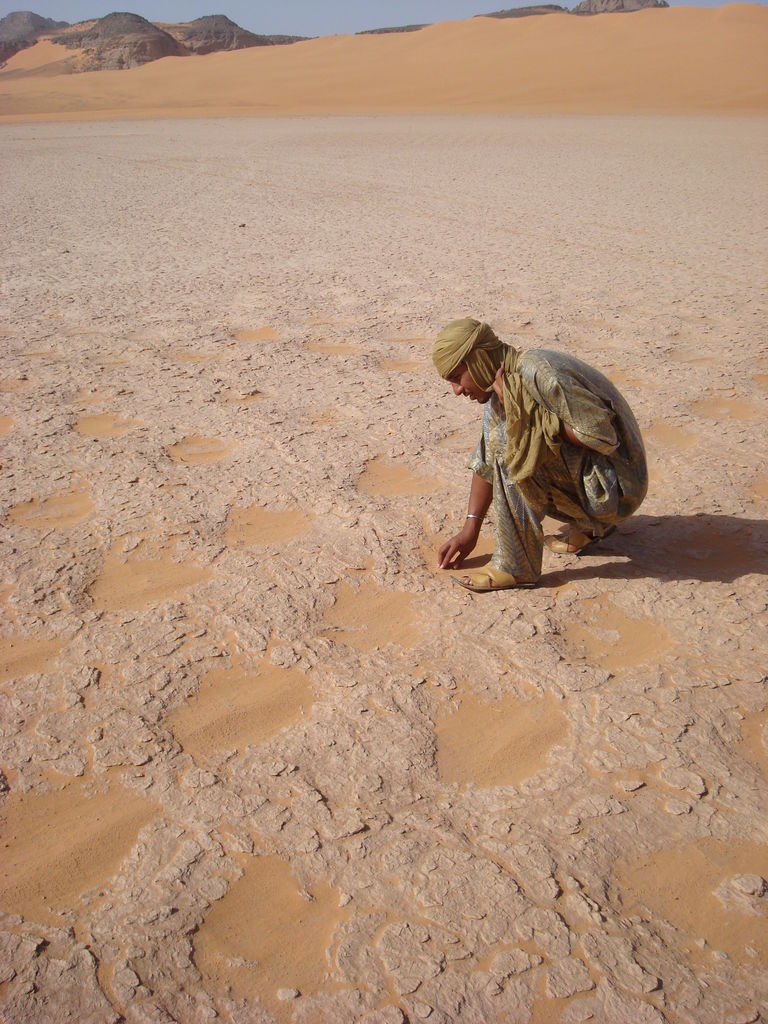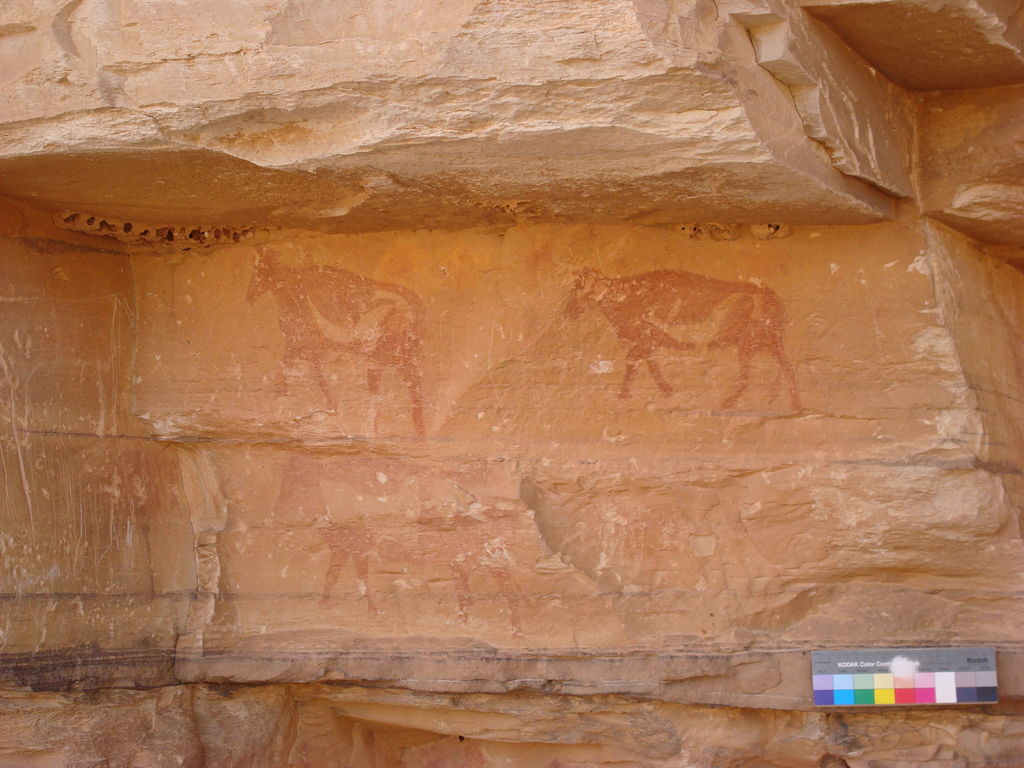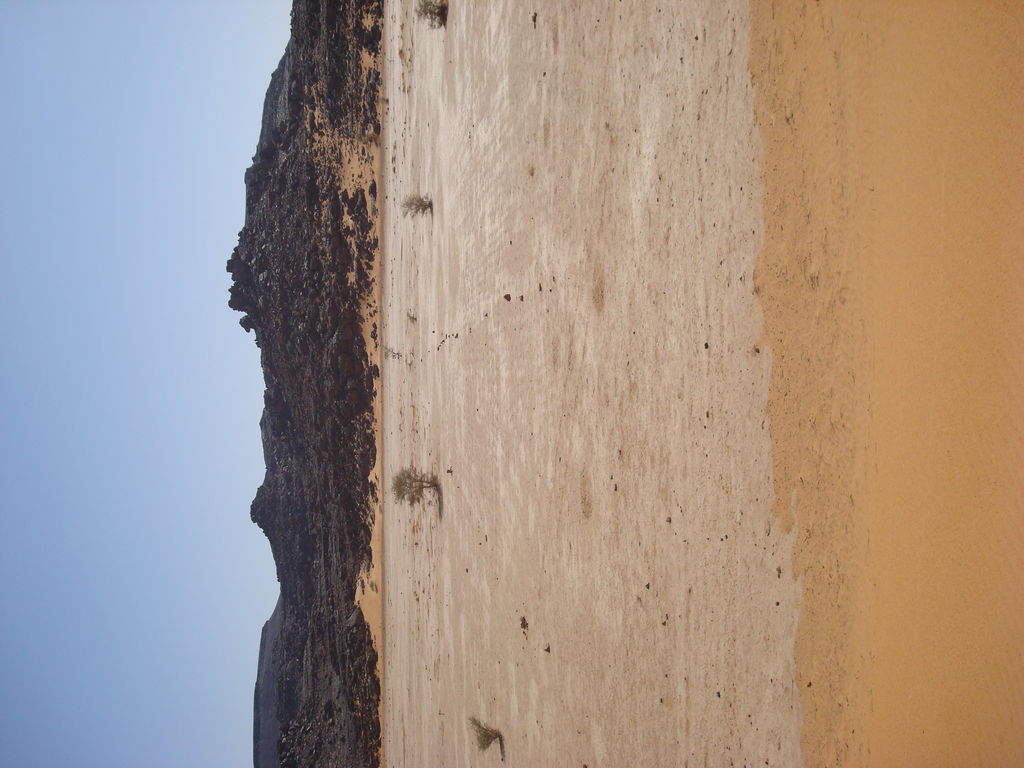
Farming in the Sahara desert is possible: the dawn of agriculture in the Libyan desert
Today, the hyperarid climate of the Sahara precludes any form of permanent agriculture. However, the research conducted by the "Archaeological Mission in the Sahara" directed by Savino di Lernia of the Department of Ancient World Studies of Sapienza, in collaboration with the Department of Antiquities of Tripoli and the universities of Milan and Modena-Reggio, tells a different story.
Land-use and cultivation usually practised in Saharan oases were utterly unknown in mountain environments. However, evidence and data show how during particularly abundant and lasting rains, some areas of the Tadrart Acacus mountain massif, in southwestern Libya, were entirely flooded. The Tuareg populations of the Kel Tadrart used the water collected in small ponds, the "etaghas" (puddles, in the local language): here the shape of the territory tends to keep the water long enough for the farmers to grow wheat, barley, sorghum and other plants.
The ethnoarchaeological and ethnographic reconstruction of the Tuareg Kel Tadrart allowed the researchers to track the agricultural use of these areas between the nineteenth and twentieth centuries, highlighting their characteristics and features. Thanks to archaeological, geoarchaeological, and archaeobotanical investigations it is now possible to confirm that agricultural practices were actually much more ancient and probably date back to the Late Neolithic Age, about 5500 years ago. This is what radiocarbon analyses of findings from the site seem to suggest, as well as aspects of material culture and depictions of cultivated plants found in rock art, which allow us to have a clear view of the beginning of agriculture in the Sahara.
The current shape of the Sahara desert dates back to the end of the Neolithic: climate and environmental changes forced prehistoric human groups to adopt new strategies and change their habits, using these periodically flooded areas as agricultural plots. The multidisciplinary study of the "Archaeological Mission in the Sahara" identified a radical change in the way these unpredictable water resources were exploited. In late prehistoric times, with a humid climate on a seasonal basis, agricultural cultivation needed to be carried out on the fringes of marshy areas as the water withdrew (a practice known as flood-recession agriculture), whereas in contemporary historical periods agriculture is carried out only when it rains (rain-fed agriculture). This case, already known and accredited in the Sahel area, seems to be the only one in central Sahara.
Climate change and global warming are severely challenging the current scenario. The discovery of ancient traditions of cultivation in arid environments, going through progressive desertification, is both a helpful tool to track the prehistory and ancient history of the Sahara and a precious example of sustainable development to be practised in marginal or desert environments.
The research, published on the prestigious journal Antiquity, was funded by the "Grandi Scavi di Ateneo" of Sapienza University of Rome, and by the Ministry of Foreign Affairs and International Cooperation (DGSP - VI).
References:
Land-use and cultivation in the etaghas of the Tadrart Acacus (south-west Libya): the dawn of Saharan agriculture? - Savino di Lernia, Isabella Massamba N’Siala, Anna Maria Mercuri & Andrea Zerboni - Antiquity (2020) DOI http://dx.doi.org/10.15184/aqy.2020.41.
